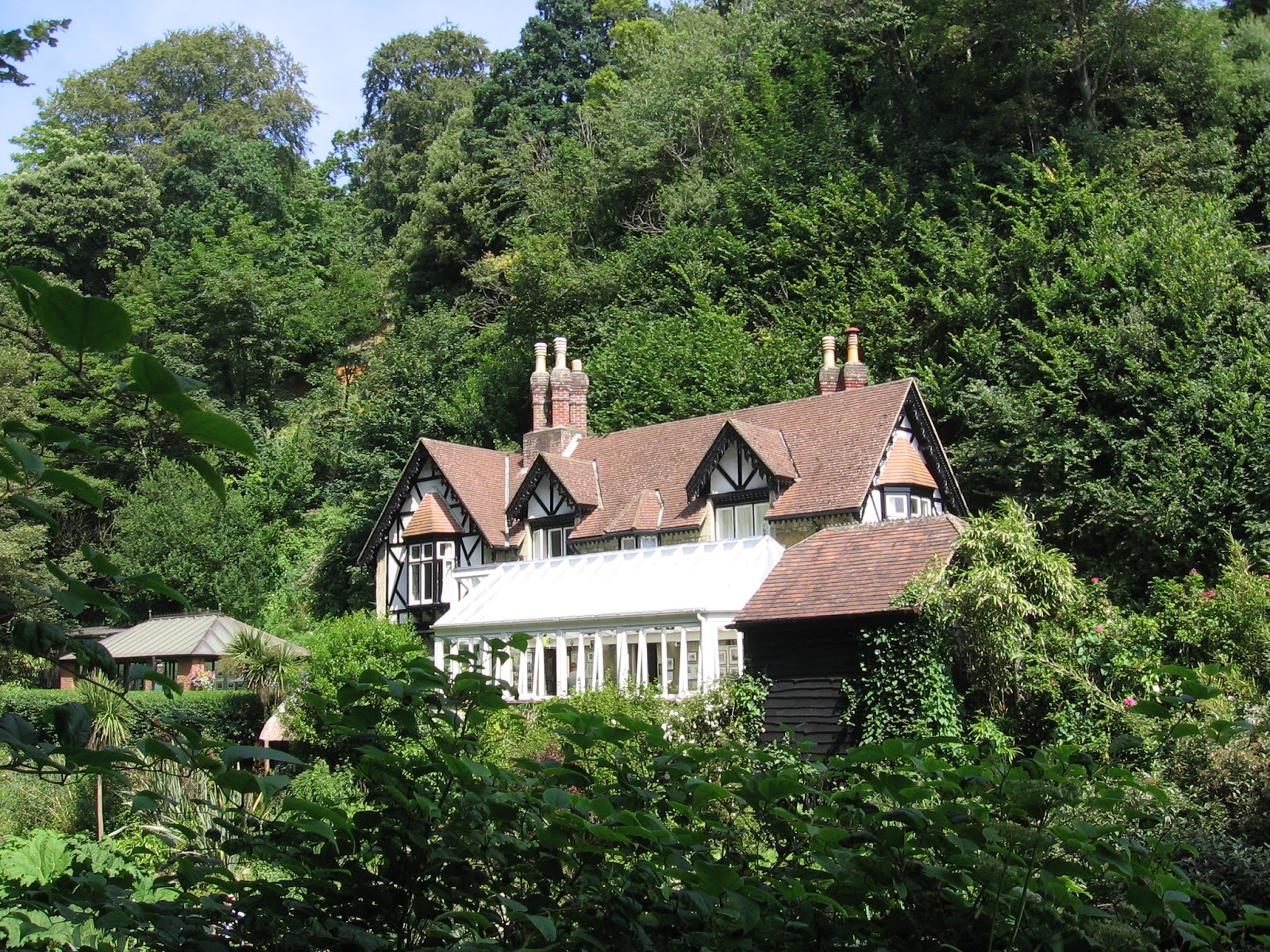 |
| Brodick Bay |
I took notice of the Isle of Arran via a travel book that I had found in Edinburgh airport. The photos of "Brodick Castle & Country Park" looked so beautiful that I thought I defintiely have to go there. Furthermore, I read that Arran is a hiker's paradise and known as "A miniature Scotland".
 |
| Brodick Country Park |
I spent a week in a charming B&B in the island's capital, Brodick, and enjoyed fantastic sea views every day.It was my favourite accommodation, not only because of the view but also due to the hearty proprietor, a varying breakfast and tastefully decorated rooms.
After having arrived in Brodick, I noticed the strong scent of flowers and trees. I've never smelt such a permanent scent as it was here and it immediately made me feel very relaxed.
 |
| Brodick Castle |
 |
| Brodick Country Park |
The next day I went to see the "Arran Distillery" and took part in a funny guided tour. Our tour guide told us anecdotes about the production of whisky and about the time before the distilleries legally started their production. The tasting of the "Arran Malt" drew my attention to the "unknown" whiskies, while the "Arran Malt" is now one of my favourites.
Later on, I went to see the village Lochranza with its castle ruin and noticed the smallest ferry I've ever come across, which takes you to the Mull of Kintyre.
 |
| Machrie Moor |
A bit further on, I reached "Machrie Moor" and went to the "Machrie Moor Stone Circles". The closer I got to them, the more silent it got, as it was only surrounded by lots of sheep. I saw more and more lying stone circles and became more and more silent and at one with myself. Then I found the three huge standing stones. I forgot about time completely and spent nearly three hours there. I really enjoyed the tranquility and again an intense scent of plants and the nearby sea.
Back again on the main road, I went towards Machrie Bay Golf Course. Before I had arrived there, I saw and heard a golf ball hit next to me and was a bit shocked. I looked around and recognized a golf course that was divided into two pieces by the main road. Suddenly a man asked me if I had seen his golf ball. His second question was if I was ok. How nice but I didn't mind. Golf always comes first in Scotland ;)
After that little shock, I strolled along the stony beach and noticed the special light of the West coast that I was told about in my B&B. I also found some extraordinary beautiful stones there.
Moreover, I visited the towns Lamlash, Whiting Bay and Blackwaterfoot. I especially liked Lamlash because of the stony beach and some nice pubs and cafés.
 |
| Holy Isle, Lamlash |
Moreover, I visited the towns Lamlash, Whiting Bay and Blackwaterfoot. I especially liked Lamlash because of the stony beach and some nice pubs and cafés.
Worth mentioning is the little factory of "Arran Aromatics" which produces wonderful soaps, shampoos, body milks etc. Everything I need in my bathroom ;). I tested various scents and liked all of them.
Concerning food, I came across the restaurant "Arran on a Plate" and enjoyed many great meals there.
Another must-see is the little island museum that shows us of the island life in the past. Close to this museum, I found a little cheese factory. I tasted some cheeses and can recommend them all :).
Besides all the B&B's and hotels, there's a big spa hotel where you can completely relax. I had a look inside as well as in the garden area, and both looked incredibly pretty.
Arran is a charming, little jewel in the South West of Scotland that is hardly known.








































